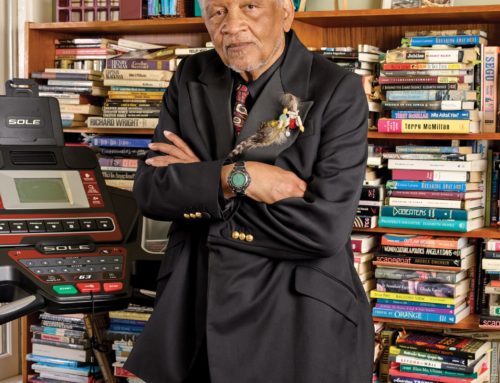With any luck, 2013 should mark a watershed moment for Korean literature in English translation, thanks to the ten volumes being released by Dalkey Archive. They arrive with the support of the indefatigable LTI Korea, an institution whose existence—and budget—is frequently the cause of teeth-gnashing envy on the part of translators from less well-supported languages. All told, these ten—to be follow by ten more, currently scheduled for release in spring 2014—do an admirable job of showcasing the great range of talent to be found among modern Korean literature, which, in its contemporary iteration, seems to me to be one of the world’s most exciting, dynamic, and consistently impressive. This excellence is thanks, variously, to three things: the relatively stringent gate-keeping role still played by Korean publishers; a longstanding regard for the intellectual and the highbrow; and a traditional focus on short stories that has enabled the Korean novel to develop as a far more fluid, hybrid form than the calcified monoliths that have sometimes played a stultifying role elsewhere.
These ten Dalkey translations also cover a wide range of periods, from the colonial 1930s to the hyper-technologized postmodernity of the 21st century. Though this range makes the books useful in terms of providing a broad sweep for the uninitiated, it does make it somewhat tricky to draw any meaningful connections or comparisons between the works, aside from the obvious one of their being “Korean.” Nevertheless, a side-by-side reading of those works separated by the largest time gap does in fact throw up some intriguing congruences, in addition to the expected dissimilarities, both of which I will be attempting to explore here.
Click here to read the article at the Quarterly Conversation


